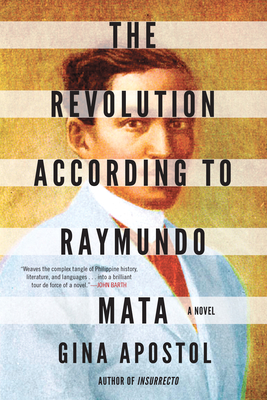The Revolution According to Raymundo Mata

The Revolution According to Raymundo Mata
PRP: 156.33 Lei
Acesta este Pretul Recomandat de Producator. Pretul de vanzare al produsului este afisat mai jos.
140.70Lei
140.70Lei
156.33 LeiIndisponibil
Descrierea produsului
Detaliile produsului











